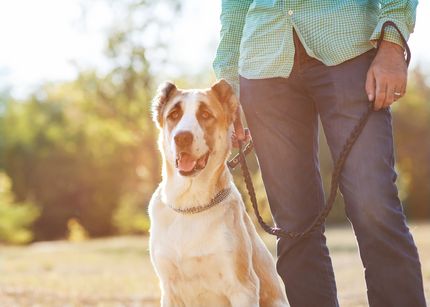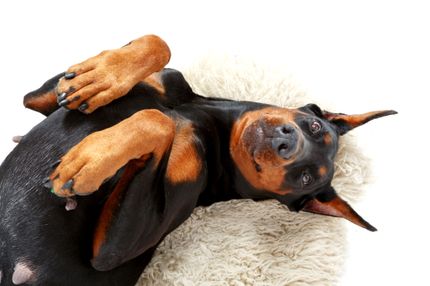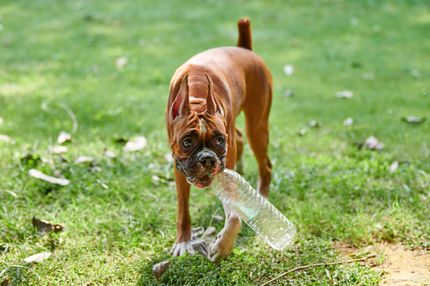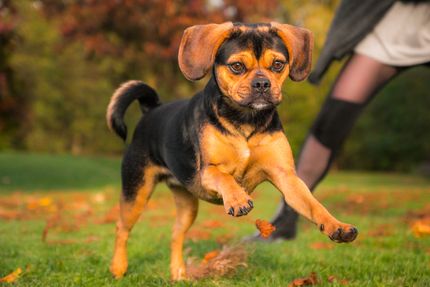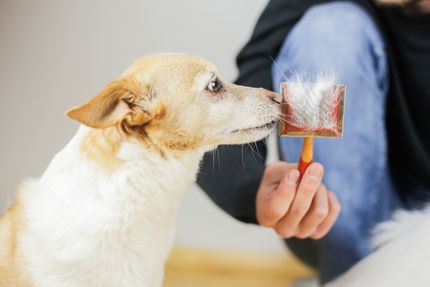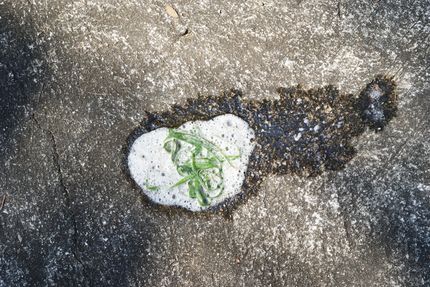Oh dear, you've just returned from your walk and your dog gets out of the car and limps to the front door ahead of you. What could it possibly be?
Reason 1 - a foreign object is stuck in the paw.
Your dog may have gotten rocks, plant parts (burrs) or pieces of wood between his pads while on a walk. During the walk, the dog may not even notice it. He is so busy with sniffing and other things. Only in the car or at home an unpleasant feeling becomes noticeable.
The dog then limps because the foreign body scratches, itches or causes pressure pains when it occurs.
In winter, ice and snow clumps form between the pads of some dogs. This is especially the case if the dog has longer hair there due to the breed. If you trim the excess hair regularly, you can prevent this phenomenon as much as possible.
Examine the paws and feel your way forward bit by bit. Be careful, because if something else is the cause, your four-legged friend may also be in a lot of pain.
If something sticky is stuck (chewing gum, tree sap) you have to cut it out carefully. It is better not to use pointed scissors, but rounded ones. If your dog gets scared or frightened during the "release", the risk of injury is not so great for both of you with blunt scissors.
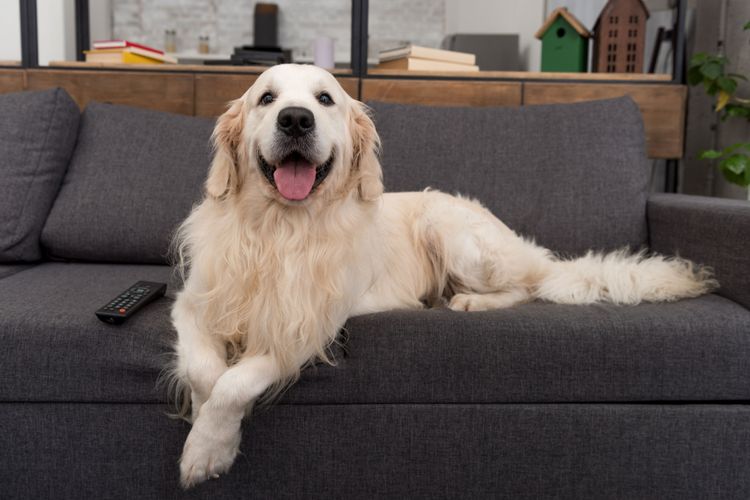
Reason 2 - an acute injury and pain
Behind a sudden onset of lameness or limping can be these injuries:
- Lacerations
- Bruises
- Strains
- tendon injuries and inflammations
- Bursitis
- Bruises
- Torn muscle fibres
- Injuries of the spinal column
- Traumas
- bone fractures.
For open and bleeding wounds, initial treatment with disinfectant spray or rinsing with clean water is recommended. You can simply let small cuts heal.
Bruises and strains may disappear on their own after a few days of rest.
As soon as you notice signs of great pain in your dog, you should go to the vet as soon as possible. The same applies if a wound is bleeding heavily, you can't see if there is a foreign body in it or the wound is already heavily infected.
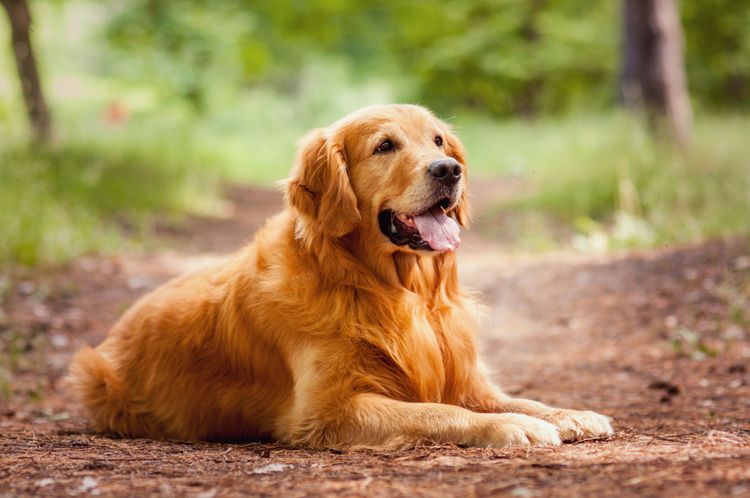
Reason 3 - a chronic disease of the musculoskeletal system.
Osteoarthritis and other degenerative diseases form primarily with age. In large dogs or those that have an unusual build, signs of wear and tear show up a little earlier.
Typically, osteoarthritis runs its course. This means that your dog will limp from a resting position shortly after getting up, and the gait will become clearer once he has warmed up.
Your dog may also limp if he has hip dysplasia. This is a hereditary disease that occurs preferentially in certain breeds.
In addition, there are a number of other chronic or degenerative conditions in dogs that are associated with limping:
- Osteoarthritis
- Spondylosis
- Cauda equina syndrome
- Joint inflammation caused by parasites (e.g. Borrelia)
- Muscle atrophy
- Tumors.
Of course, if your dog is limping, lame or in a lot of pain, you should see a vet as soon as possible and have him thoroughly examined.

























